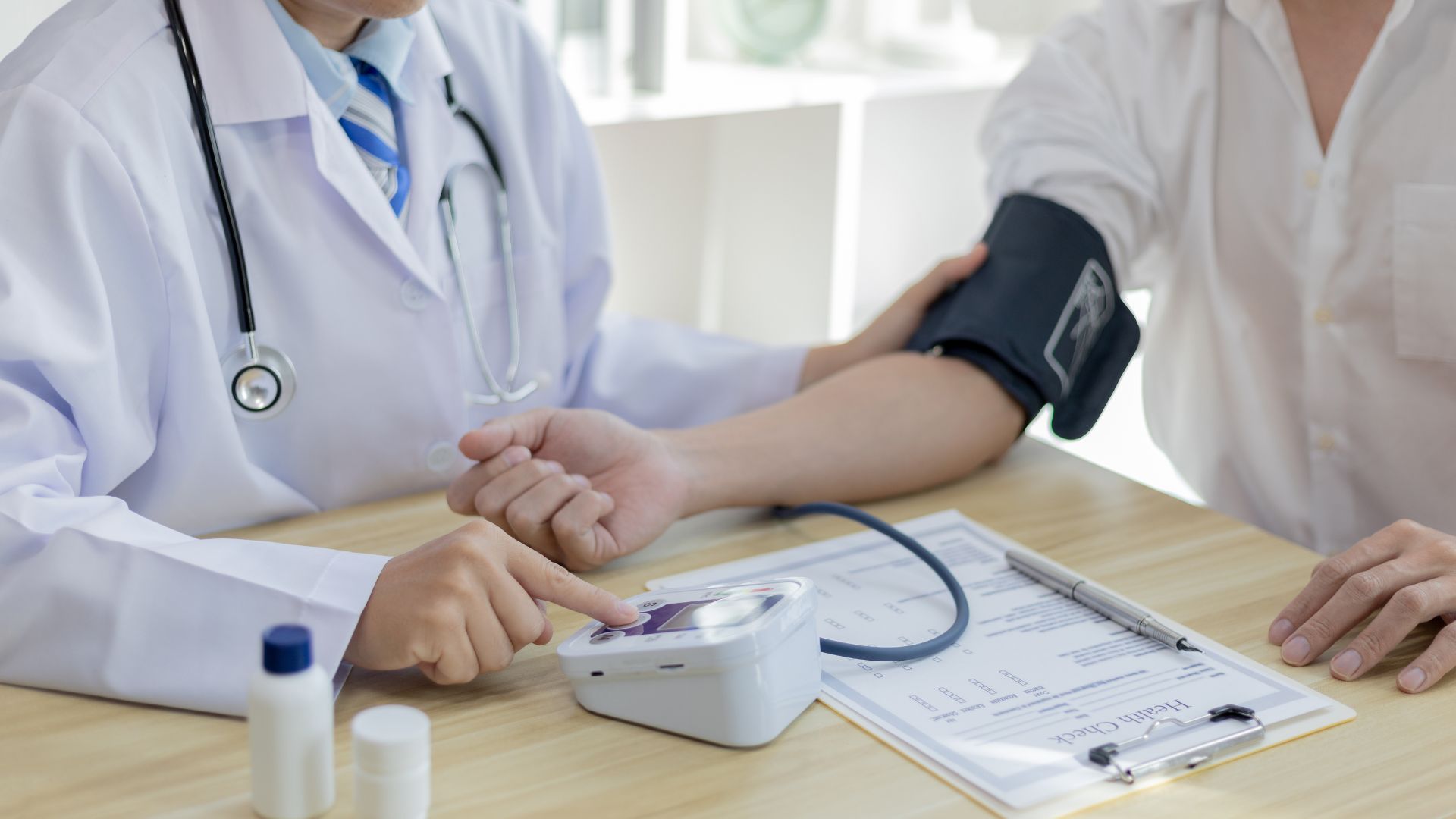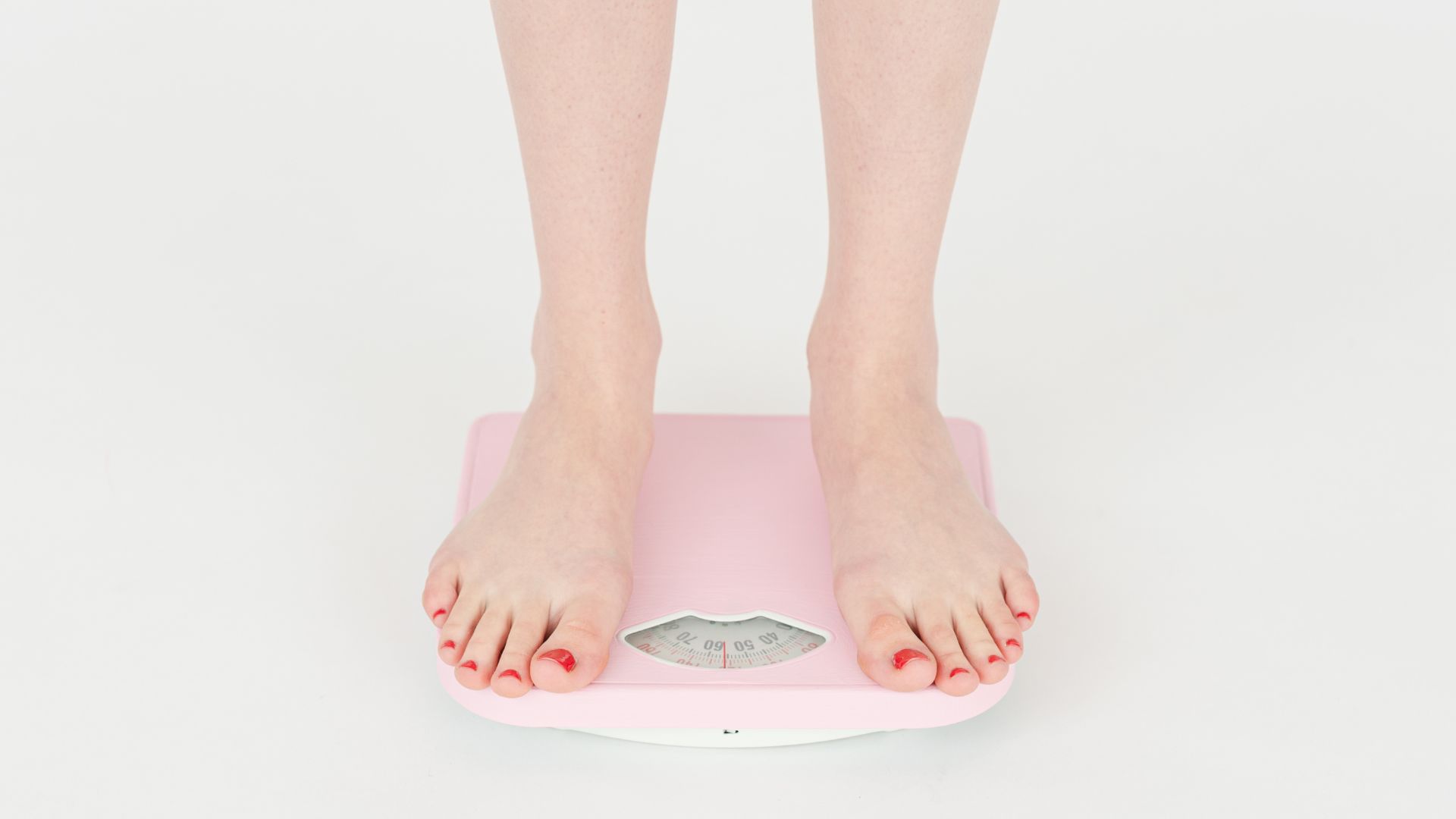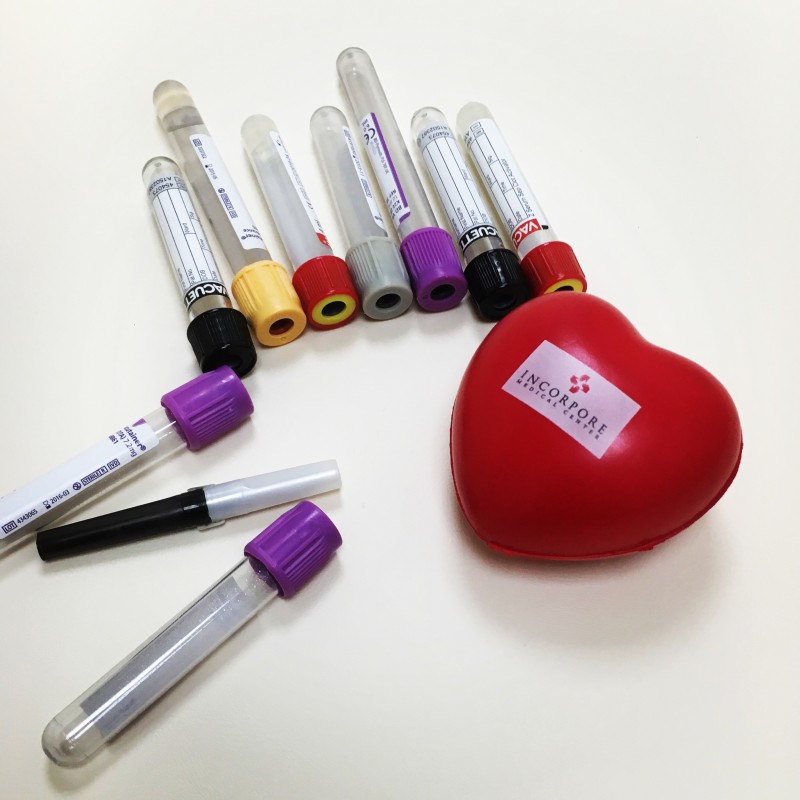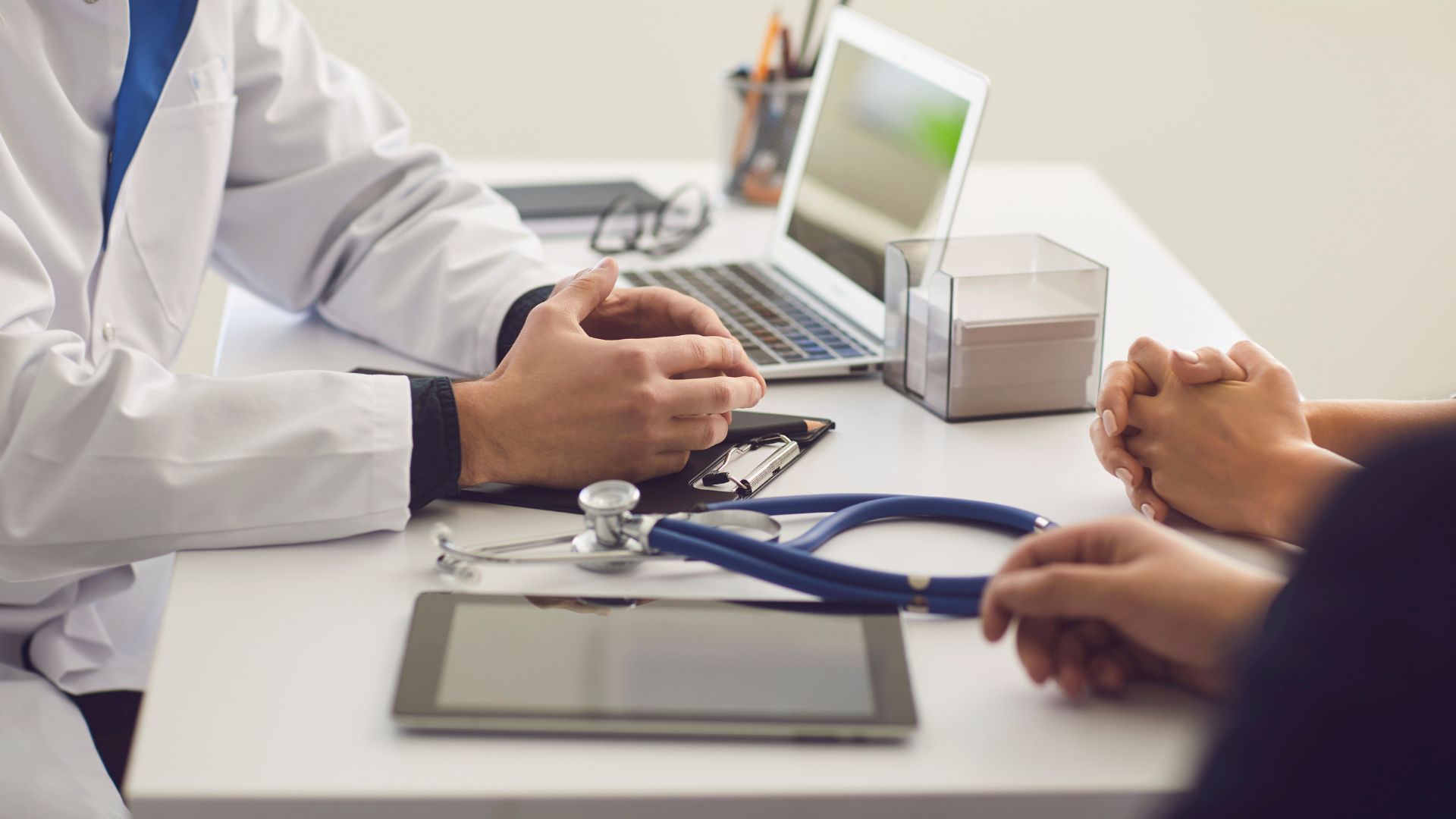In modern medicine, technological breakthroughs play a pivotal role in the effective management of diabetes. Numerous innovative systems for monitoring and treating this chronic condition have significantly improved the quality of life for patients, enabling more precise and reliable control of blood glucose levels and providing new opportunities for personalized treatment approaches.
Contemporary technologies not only allow for active tracking of blood glucose levels but also provide the means to monitor physical activity, diet, and insulin intake. This enables diabetic patients to have a more comprehensive understanding of their health status and manage it more effectively.
Innovative approaches, grounded in the development of the Internet of Things (IoT), information and communication technologies, and machine learning, have played a crucial role in enhancing the accessibility and accuracy of data required for diabetes control. Predicting blood glucose levels and analyzing its dynamics based on patient data have become key components in modern diabetes monitoring and treatment technologies.
This article will delve into the importance and effectiveness of cutting-edge technologies in monitoring and treating diabetes, highlighting their impact on patients’ daily lives and the significance of innovations in improving health condition control.
Continuous Glucose Monitoring Systems (CGMS)
For effective control, various Continuous Glucose Monitoring Systems (CGMS) exist, significantly facilitating diabetes management. They provide continuous and more accurate monitoring, contributing to therapy improvement, especially for patients frequently measuring glucose levels and adjusting insulin doses.
One of the most accurate and efficient systems is Continuous Glucose Monitoring (CGM). This method significantly differs from using a conventional glucometer, which requires multiple finger pricks per day. Diabetic patients often struggle to conduct measurements as frequently as necessary, especially during the night. In such cases, a professional continuous monitoring system becomes essential. It consists of a compact device comprising a receiver and a glucose sensor installed subcutaneously by a medical professional. The sensor transmits blood glucose level data to the receiver online, recording information every 5 minutes. Such a monitoring system is worn for several days, allowing for the identification of deviations from glycemic target levels and adjustments in treatment to avoid hypoglycemia and hyperglycemia.
Another type of CGMS includes real-time Continuous Glucose Monitoring (rtCGM) and intermittently scanned systems (iscCGM). rtCGM comprises a sensor, transmitter, and receiver that automatically transmit glucose data to the receiver every 5 minutes. This system provides continuous measurement of glucose levels in tissue fluid, enabling assessment throughout the day and night. The sensor needs replacement every 6–14 days. On the other hand, iscCGM requires the user to actively request current glucose values on the sensor using a reader device or smartphone. This allows assessing glucose values only for the past 8 hours and requires less frequent sensor replacements.
Both CGM systems play a crucial role in improving insulin therapy management and provide patients with information for more effective diabetes control and management. They also have alert functions, aiding in early detection of hypoglycemia and hyperglycemia, enabling timely measures to maintain stable blood glucose levels.
Smart Insulin Pens and Insulin Pumps
For effective diabetes management, modern smart insulin pens and insulin pumps have been developed, providing more convenient and accurate insulin delivery and contributing to better dosage control.
A smart insulin pen is a compact and lightweight device ensuring automatic control of administered insulin doses. Using a mobile application, the user can save data about the injected doses and track the last injection, which helps avoid missed or double injections.
An insulin pump is a unique device that mimics the pancreas’s function. It delivers insulin continuously into the body, ensuring stable glucose levels.
The insulin pump operates in two modes: basal (for continuous insulin delivery without considering meal times) and bolus (associated with meals). This allows programming different dosage regimens, minimizing dietary restrictions and meeting patient needs.
The pump system provides 8 basal modes for insulin delivery, as well as the ability to adjust dosages based on physical activity and treatment changes. The catheter, once inserted under the skin, needs replacement only every 3-4 days.
The insulin pump device includes an insulin reservoir and a flexible catheter through which insulin enters the body. The pump eliminates the need for multiple injections, ensuring the stable delivery of ultra-short-acting insulin.
Smart insulin pens and insulin pumps provide convenience, accuracy, and reliability in managing diabetes, enabling patients and their physicians to effectively control blood glucose levels. The devices are user-friendly, equipped with LED displays to show insulin dosage, and can integrate with various glycemic monitoring systems.
Artificial Intelligence (AI) in Diabetes Management
Artificial Intelligence (AI) is actively utilized in diabetes management, particularly in predicting and preventing nocturnal hypoglycemia. Continuous glucose monitoring data is combined with machine learning algorithms to forecast future events, such as hypoglycemia, considering each individual’s characteristics.
Machine learning in this context involves analyzing vast amounts of data obtained from continuous glucose monitoring to identify patterns and build forecasts. It employs methods from probability theory, statistics, Bayesian inference, and models the functioning of biological neurons through artificial neural networks.
In the development of algorithms predicting nocturnal hypoglycemia, it’s crucial to define the optimal forecasting horizon. For most cases, forecasting 15–60 minutes before an event is considered the most effective. This allows for necessary preventive measures, such as consuming carbohydrate-rich food, to prevent hypoglycemia.
Various machine learning algorithms have been used to build forecasting models, including regularized linear regression, decision trees (random forest), and artificial neural networks. The decision tree algorithm provided the most accurate predictions, especially with an extended forecasting horizon.
These developed algorithms can be integrated into mobile applications for continuous glucose monitoring. This enables timely identification of the risk of hypoglycemia and taking measures to prevent this condition, contributing to more effective and safe diabetes treatment.
Telemedicine and Remote Monitoring
Telemedicine and remote monitoring are modern approaches that provide convenient access to medical care and continuous tracking of patients’ health conditions.
Remote Consultations
Telemedicine platforms allow diabetic patients to consult with doctors and specialists remotely. This offers not only timely medical advice but also real-time adjustments to treatment. This accessibility to medical consultations fosters regular communication between doctors and patients, providing crucial support and control necessary for effective management of long-term diabetes treatment.
Devices for Remote Monitoring
Devices for remote monitoring are wearable technologies designed for continuous tracking of various physiological indicators in diabetes patients. They encompass diverse medical gadgets, such as wearable sensors, continuous glucose monitoring devices (CGM), and other devices that collect real-time health data.
How Remote Monitoring Devices Work:
Wearable Sensors and Continuous Glucose Monitoring (CGM): These devices are worn on the patient’s body and are usually placed on the skin to constantly measure glucose levels in tissue fluid. Sensors can be placed on different body parts, such as the arm or abdomen. They measure glucose levels and transmit data via wireless connections to mobile devices or specialized receivers. This allows both patients and healthcare professionals to access real-time glucose information.
Other Monitoring Parameters: Some remote monitoring devices can also track other crucial health indicators, such as activity (pedometers, accelerometers), levels of physical activity, sleep data, and other biometric indicators. These data are transmitted to mobile applications or specialized programs for analysis.
Proactive Monitoring and Response:
These devices not only collect data but also provide healthcare professionals with the ability to observe health indicators in real time. They enable data analysis, identification of trends, establishment of patterns, and determination of deviations from the norm. In case of deviations from target health indicators, medical specialists can take action—sending recommendations, altering treatment plans, or recommending specific actions to patients.
This proactive approach to monitoring and managing diabetes allows for earlier intervention in case of deviations, enabling treatment adjustments and complication prevention. The ability to respond to health changes in real-time significantly enhances treatment efficiency and improves the quality of life for diabetes patients.
Мobile Applications for Diabetes Management
There are numerous mobile applications specifically designed for managing diabetes, offering a wide range of functions and capabilities that help users effectively control their condition and improve their quality of life.
Key functions of mobile applications for diabetes management:
- Glucose Tracking: Many apps allow users to record blood glucose levels and maintain a log of measurements. They offer automatic or manual data entry, generate graphs, track trends, and provide analytics on sugar levels.
- Nutrition Monitoring: These apps help track carbohydrate intake, calories, and other nutritional components. Some of them have food databases, simplifying data entry and analysis of dietary habits.
- Medication Management: Users can set reminders for taking medication, insulin doses, or other drugs, aiding in adherence to medication schedules.
- Educational Materials: Many apps provide access to educational materials about diabetes, including disease management tips, information on new technologies, and treatment methods.
- Community Support: Some apps create opportunities for communication within a community, allowing the exchange of experiences, sharing advice, and finding support from others dealing with diabetes.
Examples of diabetes management apps:
Glucose Buddy: Enables tracking of glucose levels, diet, physical activity, and medication. Generates reports and graphs for discussions with healthcare professionals.
mySugr: Offers glucose level tracking, the ability to connect to glucose sensors, and gamified elements for motivation.
BG Monitor Diabetes: Allows journaling of glucose levels, diet, and medication, as well as creating logs and analyzing results.
Diabetes:M: Provides glucose level tracking, diet, activity, weight, and medication monitoring, along with built-in data analysis tools.
These apps represent only a fraction of the numerous solutions available for managing diabetes. They assist patients in actively participating in controlling their condition, providing information and tools for making informed decisions, ultimately contributing to an improved quality of life.
The role of technology in diabetes care continues to rapidly evolve. From integrated real-time glucose monitoring to the application of personalized artificial intelligence algorithms, these innovations not only enhance diabetes management but also encourage active involvement in self-care. Embracing these technological advancements is not just a significant step forward in diabetes care; it’s a transformative movement towards a future where technology combines with human understanding and care to achieve better health outcomes. They not only provide medical solutions but also help create an environment where patients feel supported, informed, and empowered to make informed decisions about their treatment.
This evolutionary step in diabetes care offers extensive prospects for improving quality of life and stimulates innovation, transforming modern technologies into means of collaboration and mutual understanding between patients and the medical community.








